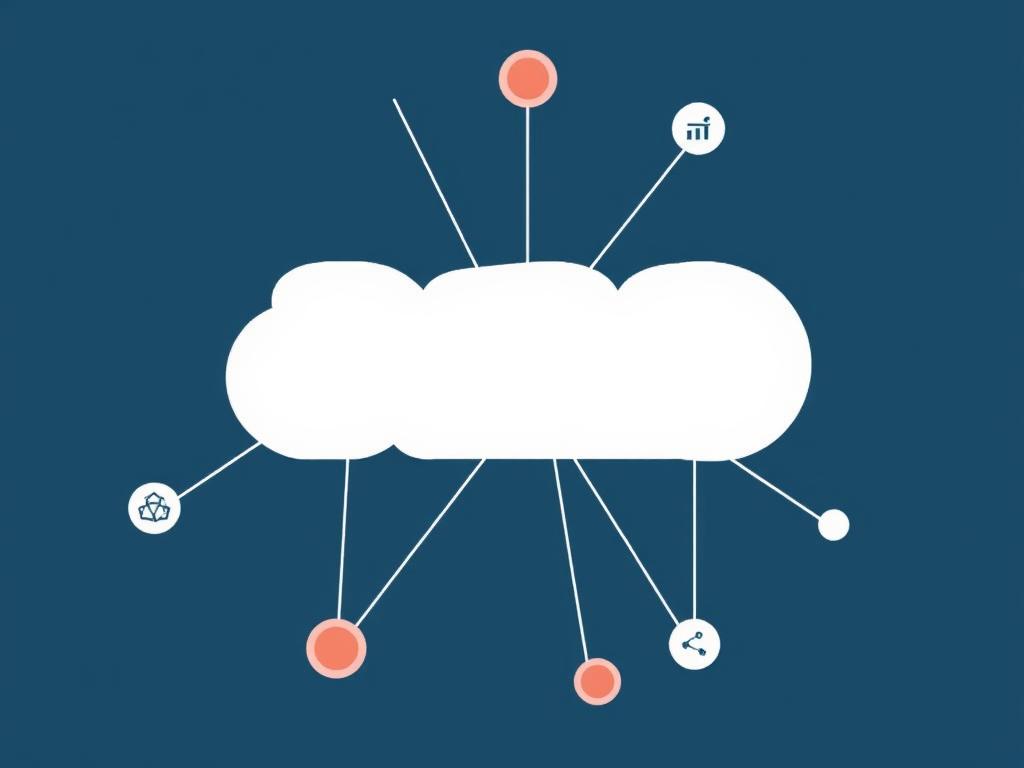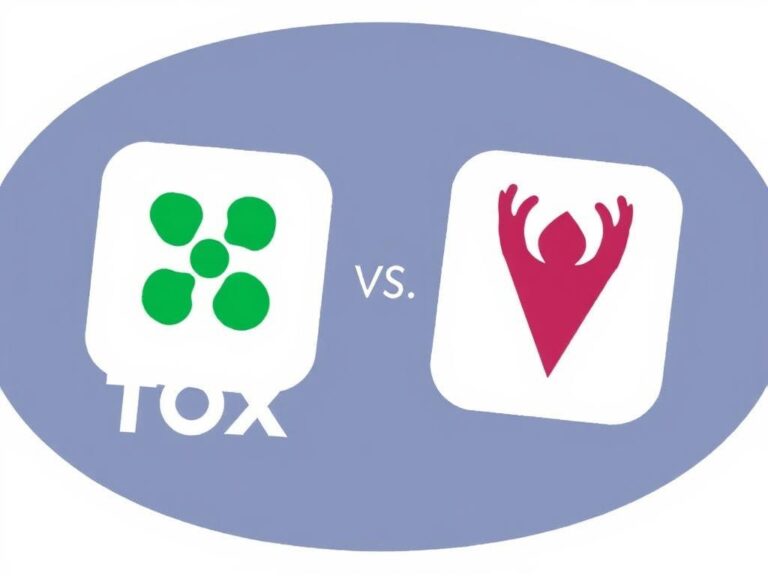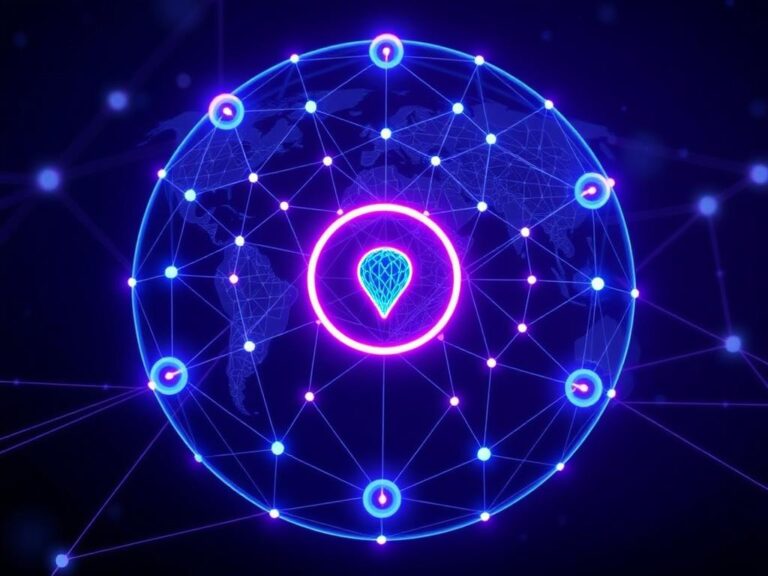The Fascinating Journey: History and Evolution of P2P Networks
Peer-to-peer (P2P) networks have transformed the way we share information, communicate, and collaborate online. From humble beginnings as a simple means of file sharing to becoming a backbone of decentralized technologies, P2P networks have navigated a complex path full of innovation, challenges, and reinvention. Understanding the history and evolution of P2P networks provides a window into how digital communities have reshaped computing paradigms and impacted modern internet infrastructures. In this article, we will explore the origins, key developments, and ongoing evolution of P2P networks to fully appreciate their significance in today’s digital world.
The Origins of P2P Networks: A Revolution in Connectivity
The story of P2P networks begins in the late 1970s and early 1980s, when the idea of direct communication between computers was still a novel concept. Early computer networks mostly relied on centralized servers that controlled communication and data exchange. This traditional client-server model had limitations, such as single points of failure and expensive infrastructure requirements. The concept behind P2P networking was to establish connections where each node, or peer, could act as both a client and a server, sharing resources directly without relying on a centralized system.
One of the earliest examples of a P2P network is ARPANET, the precursor to the modern internet, which experimented with distributed resource sharing. However, it wasn’t until the 1990s that P2P networks started gaining real momentum. The rise of personal computing and the widespread adoption of the internet opened new opportunities for direct file sharing. This period saw the birth of early P2P applications that allowed users to exchange files and information seamlessly.
Key Milestones in the Evolution of P2P Networks
The 1990s and early 2000s witnessed several pivotal moments that defined the trajectory of P2P networks. Throughout this era, systems became more sophisticated, addressing the challenges of scalability, security, and usability. Here are some of the landmark developments that played a critical role in the evolution:
- Napster (1999): Often credited as the catalyst for P2P’s mainstream rise, Napster revolutionized music sharing by allowing millions of users to share MP3 files directly. Though its centralized directory led to legal challenges and eventual shutdown, it proved the immense potential of P2P technology.
- Gnutella (2000): A true decentralized P2P network that eliminated Napster’s single point of failure by distributing both control and data among peers. This approach inspired many subsequent P2P systems.
- BitTorrent (2001): Innovated on file-sharing efficiency by breaking files into smaller pieces and downloading them simultaneously from multiple sources. BitTorrent’s protocol greatly improved download speeds and resilience.
The table below highlights the key characteristics of these milestone P2P platforms:
| Platform | Launch Year | Network Type | Primary Use | Innovations |
|---|---|---|---|---|
| Napster | 1999 | Hybrid (Centralized Directory) | Music File Sharing | Simple search, broad user base |
| Gnutella | 2000 | Pure Decentralized | General File Sharing | Distributed control, peer discovery |
| BitTorrent | 2001 | Swarm-Based | Large File Sharing | Piecewise downloading, efficient bandwidth use |
Modern Uses and Further Innovations in P2P Networks
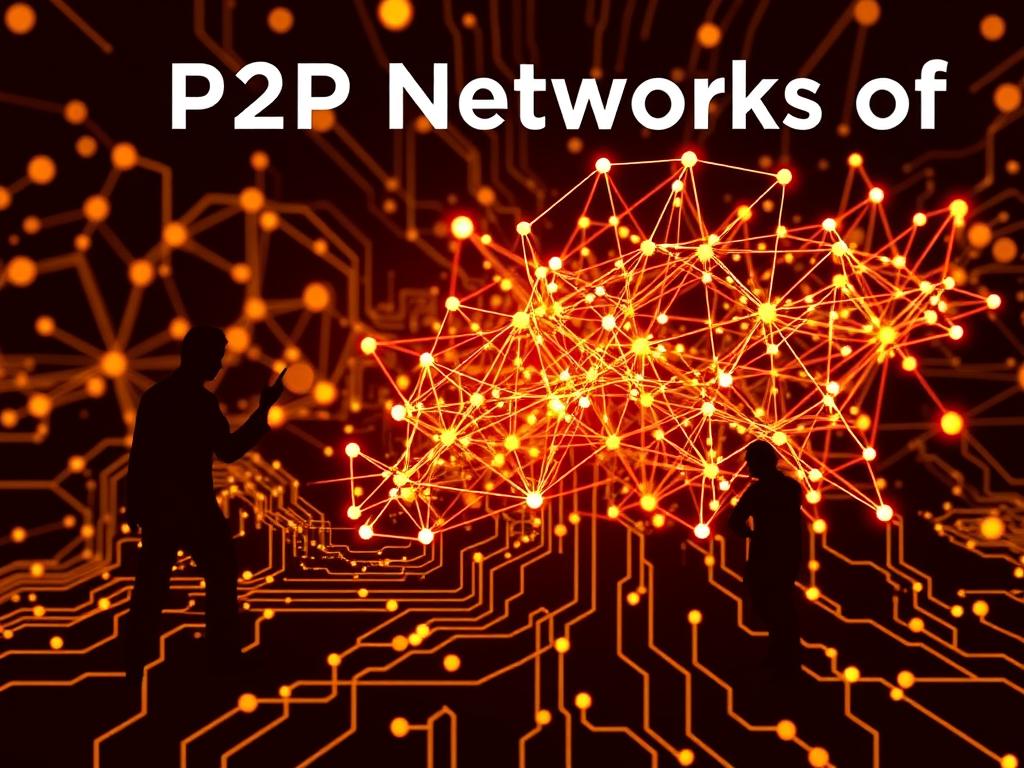
The evolution of P2P networks didn’t stop with file sharing. In fact, P2P architectures are now at the heart of many cutting-edge technologies. Today, decentralized systems built on the P2P concept challenge traditional centralized models across various domains.
Blockchain and Cryptocurrency
One of the most groundbreaking applications of P2P networks in recent years has been blockchain technology. Bitcoin, launched in 2009, relies on a distributed ledger maintained by thousands of nodes worldwide, enabling secure, transparent financial transactions without centralized banks. This paradigm shift is rooted deeply in P2P principles: trustless interaction, distributed consensus, and decentralization.
Decentralized Communication and Storage
Beyond finance, P2P networks enable decentralized messaging platforms and file storage systems. Applications like IPFS (InterPlanetary File System) use P2P protocols to create a global, distributed filesystem that resists censorship and single points of failure. Similarly, projects such as Signal use P2P techniques to enhance privacy and secure communication.
Gaming and Content Distribution

Online gaming and live streaming also benefit from P2P architectures. By distributing bandwidth load among peers, P2P enables smoother experiences without relying solely on central servers. This helps reduce costs and improve scalability for developers and users alike.
Challenges and Future Directions of P2P Networks
Despite their many benefits, P2P networks face distinct challenges that have shaped their evolution and adoption. Understanding these hurdles is essential to appreciating their ongoing development.
- Security and Privacy: Decentralization introduces new security risks such as Sybil attacks, where malicious nodes try to manipulate the network. Protecting user data privacy remains a complex task.
- Scalability: Large-scale P2P networks require efficient routing and resource allocation to maintain performance. Balancing decentralization with usability is a fine line.
- Legal and Ethical Issues: Since early P2P platforms were often associated with copyright infringement, the legal landscape around P2P file sharing has been contentious. This has driven innovation but also cautious adoption.
Looking ahead, the future of P2P networks seems intertwined with advancements in decentralization, AI-driven network management, and edge computing. Projects aiming to build truly peer-powered internet services seek to put control back in the hands of users, emphasizing resilience, privacy, and openness.
Summary of Challenges and Solutions
| Challenge | Impact | Current Solutions |
|---|---|---|
| Security Threats | Network integrity and trustworthiness at risk | Cryptographic protocols, node reputation systems |
| Scalability Limitations | Reduced network performance and delays | Efficient routing algorithms, hybrid architectures |
| Legal Concerns | Regulatory challenges and user apprehension | Legitimate content sharing, decentralized governance |
Conclusion
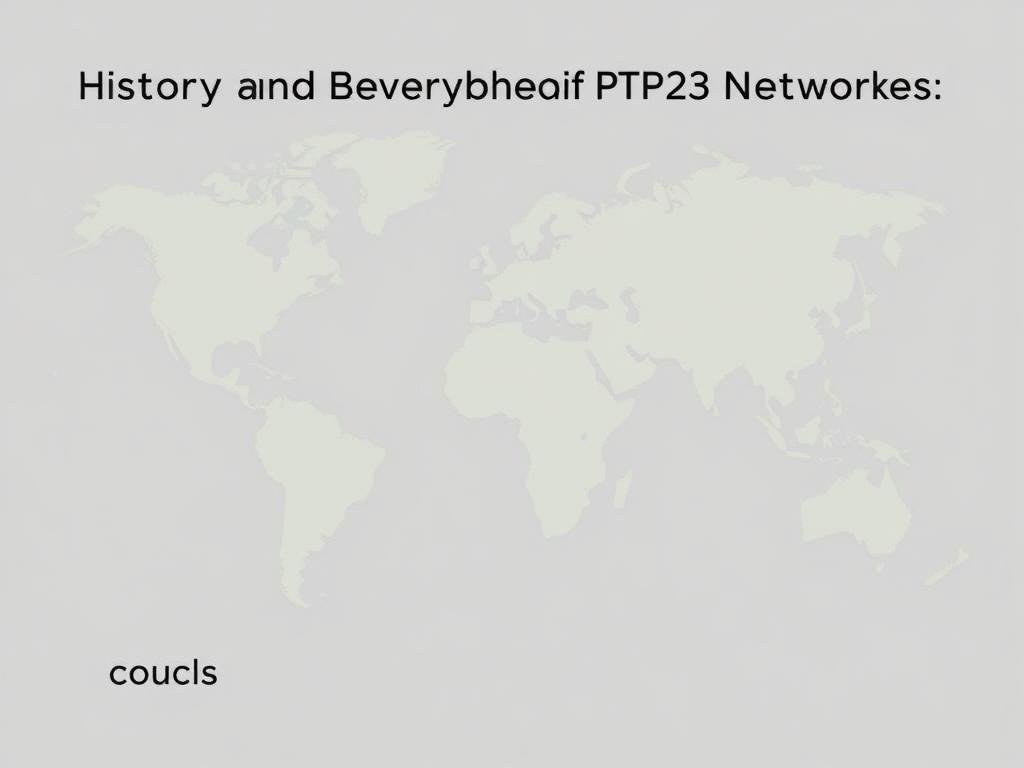
The history and evolution of P2P networks is a testament to the power of distributed collaboration and innovation, continually reshaping the digital landscape. From early file-sharing systems to the backbone of blockchain and decentralized platforms, these networks have challenged traditional centralized models, fostering more resilient, scalable, and user-centered online environments. While they face ongoing challenges in security, scalability, and legality, the drive toward decentralization remains strong, inspiring future technologies that could revolutionize how we interact with the internet. By understanding the fascinating journey of P2P networks, we gain a clearer view of the potential and pitfalls of building truly peer-powered digital ecosystems in the years to come.
